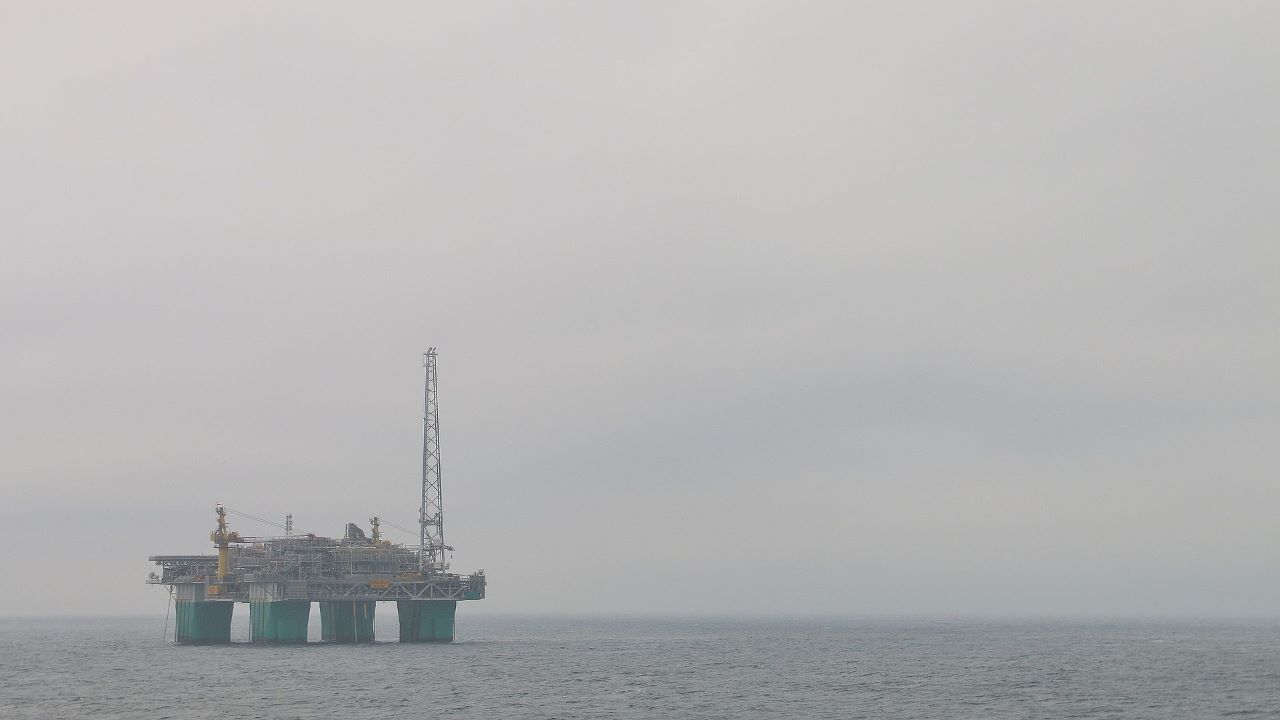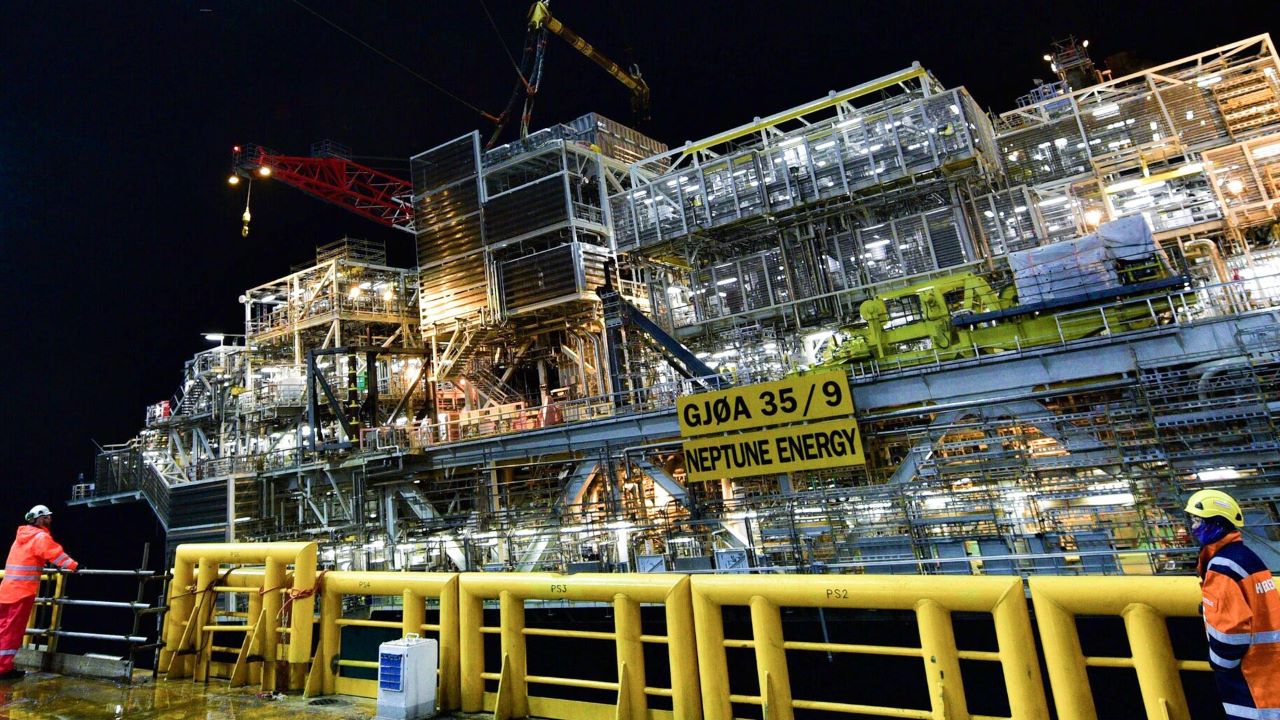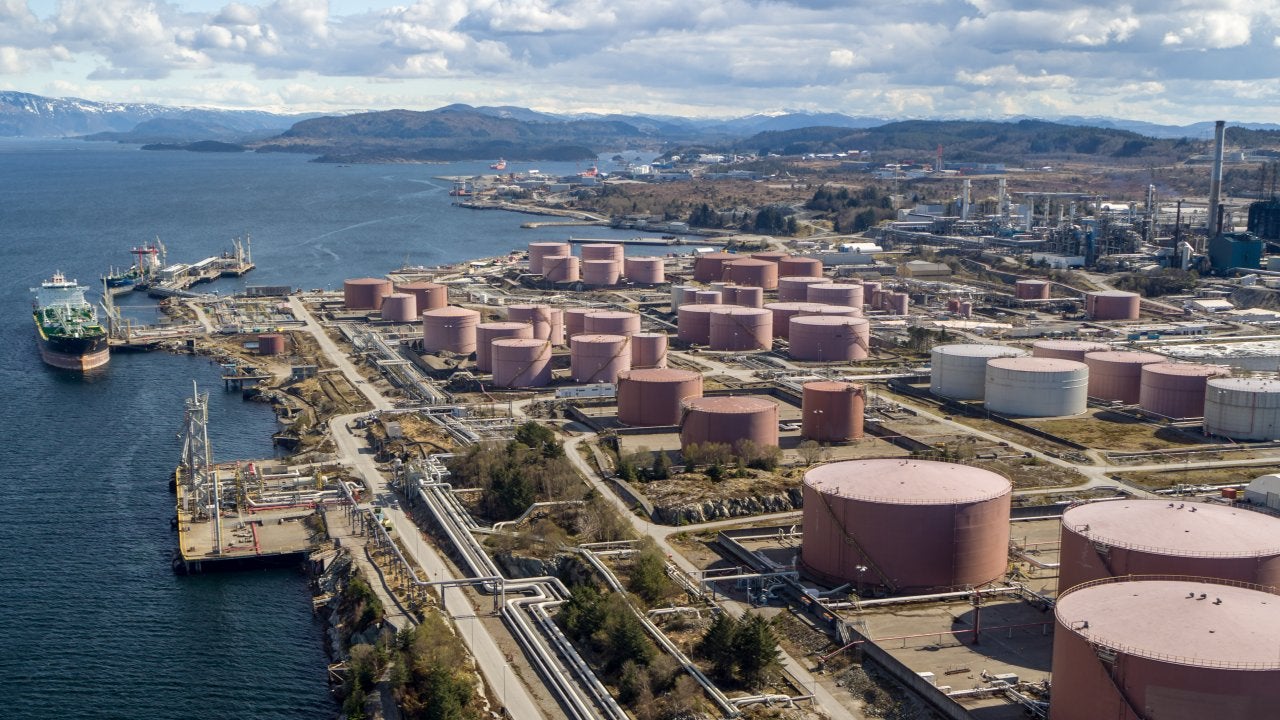The Gjoa field P1 development aims to access the untapped reserves of the Gjoa producing oil and gas field located in the North Sea off the coast of Norway. The project is being developed by Neptune Energy (operator, 30%), Petoro (30%), Wintershall Dea Norge (28%), and OKEA (12%).
Production at the Gjoa field started in November 2010 and several new development projects are in place to mitigate the decline of Gjoa’s production while also utilising its processing capacity. Located 14km north-east of Gjoa, the Neptune-operated Duva discovery, as well as Wintershall Dea-operated Nova field, will be tied up to the Gjoa semi-submersible production platform. Duva and Nova are expected to start production in 2022. The 740t Nova topside module was installed on the host Gjoa platform in May 2020.
Gjoa P1 development project
The Gjoa P1 development project comprises a two-well oil and gas subsea development with a tie-back to the Gjoa semi-submersible platform. It will help in developing the untapped reserves in the northern P1 segment of the Gjoa field at a water depth of 340m.
The project was approved by the development partners in February 2019 while the application for exemption from PDO was approved by the Ministry of Petroleum and Energy (MPE) in June 2019.
The P1 appraisal well has been completed and fabrication activities are currently being implemented for topside, subsea production system and pipelines. The P1 template was installed in the first quarter (Q1) of 2020 and the oil and gas production flow-lines including gas lift flow-lines were laid. The project is expected to start production in Q1 2021.
Gjoa field project location and reservoir details
The Gjoa oil and gas field is located in production licence 153 (PL 153) in the northern part of the North Sea, approximately 50km north-east of the Troll field at a water depth of 360m. The reservoir of Gjoa field hosts gas over a relatively thin oil zone in Jurassic era sandstone in the Dunlin, Brent and Viking groups. The field features multiple tilted fault segments with partly uncertain communication and variable reservoir quality. The maximum depth of the reservoir is approximately 2,200m.
The Gjoa field is estimated to contain reserves of 297 million barrels of oil equivalent (Mmboe) as of January 2021 with gas accounting for more than 65% of the total reserves.
Development background
The Gjoa field was discovered in 1989 while the plan for development and operation (PDO) was approved in 2007 with Statoil as the development phase operator. Production at the Gjoa field commenced in 2010, following which Statoil transferred the operatorship to Neptune Energy.
Neptune Energy submitted the development plans for the Gjoa P1 redevelopment in February 2019. Already covered under the development plan for the Gjoa field, the P1 segment will further develop and extend the Gjoa field by focusing on increased exploitation.
The Gjoa field uses pressure depletion methods to produce oil and gas. Oil production was prioritised in the early years at the southern segments while gas blow-down and production of the gas cap was started in 2015 and low-pressure production was implemented in 2017.
Gjoa field infrastructure
The Gjoa field is developed using five subsea templates that are tied to the Gjoa semi-submersible production unit for processing and export. The floating production facility also acts as an area hub. Oil is exported to the Mongstad crude oil terminal in Vestland county, Norway while gas is exported through the FLAGS pipeline to the St Fergus Gas Terminal in Scotland.
The stabilised oil produced at the platform is exported via a pipeline connected to Troll Oil Pipeline II, from where it is transported to the Mongstad crude oil terminal.
The processed rich gas is exported from the production platform via the Far North Liquids and Associated Gas System (FLAGS) on the UK continental shelf to the St Fergus terminal for further processing.
The Gjoa semi-submersible platform is the first floating production platform in the world to receive electric power from onshore facilities. Hydro-electric power is transferred from Mongstad to the platform via a 100km-long submarine cable, saving up to 200,000t of carbon dioxide (CO2) emissions a year.
Contractors involved
Neptune Energy awarded a rig contract for the Deepsea Yantai semi-submersible drilling unit for the P1 redevelopment project’s appraisal and production wells in March 2019.
TechnipFMC received an engineering, procurement, construction, installation and commissioning (EPCIC) contract for the subsea production systems and subsea umbilical, risers and flow-lines systems (SPS/SURF) for the P1 project in April 2019.
Rosenberg WorleyParsons won an EPCIC contract to cover topside modifications for the Gjoa platform in preparation for the P1 tie-in in May 2019.










